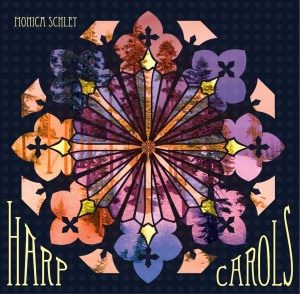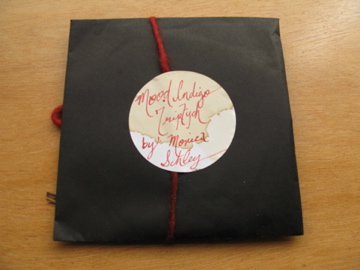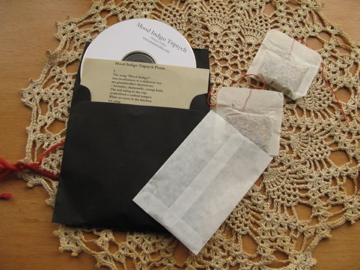This article first appeared in Crab Creek Review, The Writer’s Notebook April 19, 2009
Nocturne #17, the poem that appeared in the Spring/Summer 2008 issue of Crab Creek Review, is part of a series called Black Eden: Nocturnes. All of the pieces are in prose, and were composed during evening hours, either just before sleep or after waking. They are heavily influenced by the surrealness of dreams, subterranean urban scenes and music. Writing Black Eden was a bit like working in a subconscious mine where I went down and chipped away every night.
Something new happened at the time I was writing this: I didn’t edit. It was as if no filter was the filter, so I there was no judgement on myself. Because of that, the train was able to keep moving. Though I didn’t know what I was doing while I was doing it, the writing felt honest, so I just kept it up with encouragement from a close poet friend. Very importantly, I trusted that there were no accidents in this process, expecting nothing and improvising all along. Stephen Nakmonovich has a great book about these ideas called Free Play: Improvising in Life & Art. After a year had past and I had 70 pieces. Then, I started to edit.
The music part of these poems (nocturne means melancholic evening piece for piano) encouraged me to play while simultaneously reading. Though a musician for most of my life, I’m a shy songwriter, but I used some of the poetry as a springboard for lyrics, which worked better than attempts in the past. Eventually, I called upon a dancer friend and other musicians to turn the piece into a performance.

As a shared performance, the poems were given aural space just as much as written space, which is something I feel pretty strongly about. I don’t think every poem has to become a performance piece, but I do believe a good poem has to both sound pleasing and look pleasing. This is not to say good poems are spoken versus written or vice versa – I don’t live in a black and white world. There just needs to be a balance of both expressions, and a writer should be conscious of this in order for the poem to live after she isn’t there to present it.
Donald Hall wrote that “poetry out loud is never quite so beautiful as poetry read in silence”. I don’t agree with this much, but I do think that for a poem to last longer than the poet, it must be read privately. However, I do take his notions to into great consideration (even though in this specific case – because the nocturnes are prose – it was stylistically easier for me to do then say, write a sestina, or even free verse). Hall also wrote that “Keats exists without being spoken. Performance poetry flames out like a match.” Personally, I prefer to have my poetry live somewhere between those two places.
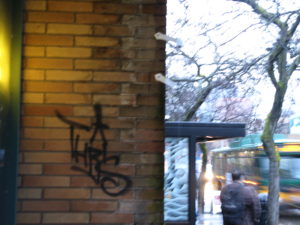
The narrativity that came out of these Nocturnes are loose and surreal, stemming from a first person perspective in a psychological underworld. In Nocturne #17, the use of woman’s make-up is a way to disguise the real from the unreal. Waking and dreaming are blurred concepts. In truth, the entirety of Black Eden is an exploration of those deep subconscious things we all know but don’t want to, or dismiss in passing moments. It is only when those thoughts ride up to our ears and whisper a little random joke that we might see a connection to something else more conscious and wonder – what!? Where did that come from? I didn’t want to forget all of the randomness in life, because for the most part, I don’t believe its all that random.
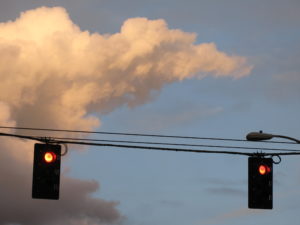
One last thing that inspired these poems for me was Seattle. I love the city in which I live, even in its worst. And for all of our urban banalities, inconveniences, and stereotypes, I wanted to capture that too. I think that’s something that all artists have the opportunity to do, which is perhaps the greatest challenge: to make sense of the garbage and take beauty from the wreckage – create a new message with your own voice.
That’s how you make diamonds.
Reference:
Hall, Donald. Knock Knock II. American Poetry Review March/April 2005.
